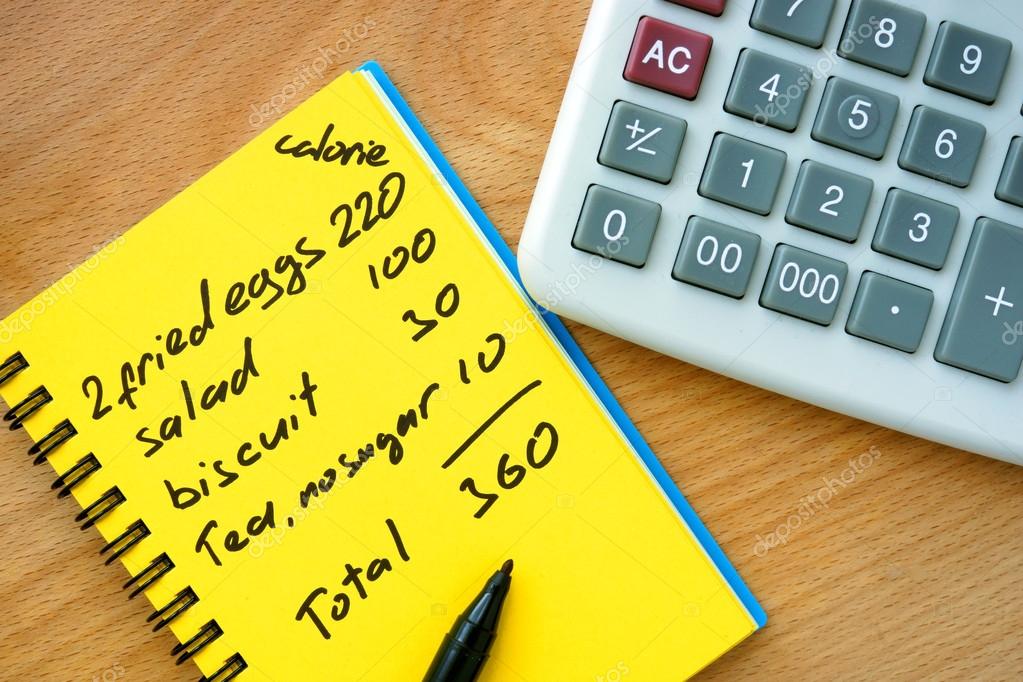So, what is a calorie deficit?
A calorie deficit can be defined as the shortage in the number of calories consumed by a person relative to the number of calories required for maintenance of the current body weight or loss of more weight. It can be created by reducing the number of calories that you consume. Also, it can be created by increasing the output without a corresponding increase in input.
There are many ways in which a person can lose weight, yet not every diet works for everyone. Personally, I did not know that there were so many types of diets when I decided to lose weight, a friend of mine told me about the calorie deficit diet which he had tried and I have seen the result.
In this post, we will give you a clear picture of how a calorie deficit diet works, how to calculate your calorie intake and more.
Calorie deficit and losing weight:
Our bodies burn calories even when we are not on a diet or exercising regularly, where the total number of calories a person burns each day is called TOTAL DAILY ENERGY EXPENDITURE (TDEE).
The TDEE when calculated includes the following:
- Calories are burned through body movements such as walking or doing your daily routine.
- The Calories you burn through exercising
- Calories burned during digestion
- The Calories you burn to maintain basic bodily functions such as blood circulation.
The calorie deficit is one part of the weight loss process, but it is not the whole picture. Because calories are not the only thing that affects weight. Besides being on a calorie deficit diet the person needs to exercise regularly for at least 30 minutes of workout.
It does not mean that you will not lose weight if you did not exercise, you will but it will take longer. Usually, it takes around 4 to 5 months to lose a considerable amount of weight when you are on a calorie deficit diet and exercising at the same time. How long do think it takes a person who does not exercise at all?
How to Calculate Calorie Needs:
The number of calories a person needs depends on many factors such as physical activity, gender, age, weight loss goals, and his/her overall health. It is important that you estimate the number of calories your body requires in order to maintain or lose weight.
Before you calculate the overall calories that you need, it is important that you calculate the total daily energy expenditure (TDEE).
You can calculate your TDEE by using an online calculator or using a formula known as Mifflin-St. Jeor equation.
Mifflin-St. Jeor Equation:
Men: Calories per day = 10x (weight in kg) + 6.25x(height in cm) – 5x(age) + 5
Women: Calories per day = 10x (weight in kg) + 6.25x(height in cm) – 5x(age) – 161
After that, you will need to multiply the answer from the Mifflin equation by the number corresponding to your level of activity. There are five different levels of activity:
Sedentary: x 1.2 (sedentary individuals who perform little to no exercise)
Lightly Active: x 1.375 (light exercise fewer than 3 days per week)
Moderately Active: x 1.55 (moderate exercise most days of the week)
Very Active: x 1.725 (hard exercise every day)
Extra Active: x 1.9 (strenuous exercise 2 or more times per day)
There is another way to calculate your daily need for calories by calculating your Basal Metabolic Rate (BMR) and your level of activity. In order to calculate (BMR) use the following formula:
Men: 66 + (6.3 x body weight in lb) + (12.9 x height in inches) – (6.8 x age in years) = BMR
Women: 655 + (4.3 x weight in lb) + (4.7 x height in inches) – (4.7 x age in years) = BMR
Then multiply the (BMR) answer with your level of activity.
A Sedentary: little or no exercise = BMR x 1.2
Minimally Active: 1–3 days per week of exercise or activity = BMR x 1.375
Moderately Active: 3–5 days per week of moderate activity or sports = BMR x 1.55
Very Active: 6–7 days per week of hard exercise = BMR x 1.725
Extra Active: athletes who train twice per day, for example, = BMR x 1.9
Creating Calories Deficit:
Once you are done with the calculation of (BMR) or (TDEE), and you know your daily need for calories you can adjust depending on your weight loss goals. It is recommended that you start with 500 calories deficit every day which will be 3,500 calories per week. This means you lose ½ kg per week.
Otherwise, you can go for 1000 calories deficit every day which will be 7,000 calories per week. As result, you will lose 1kg per week. However, it is advisable for calorie deficit not to exceed 7,000 calories per week.
Losing weight too fast is not good for your overall health and may have a negative impact on your overall health. Also, you will end up with excess skin.
I cannot emphasize enough the importance of exercising especially weight lifting besides cardio. It will help you in many ways to improve your body shape and health, especially your bones and muscles. Also, it will reduce the chances of ending up with excess skin if you are overweight.
Many active dietitians mix diet with exercise to lose weight. That suggests that every day they should eat 250 fewer calories and then go on a 60-minute brisk walk to lose an extra 250 calories. 500 calories will total the calorie deficit. You’d hit the 3,500-calorie deficit required for weight loss if you developed a similar schedule for each day.
Word of Advice:
Bear in mind that you don’t have to waste money on lavish services to slim down. Build your own calorie deficit by setting small targets and making small adjustments during the day. In the long run, the approach you’re making is usually a plan you’re more likely to adhere to
OTHER WAYS TO LOSE WEIGHT:
- best intermittent fasting for weight loss
- The Complete Mediterranean Diet Guide
- Here’s What you need to know About Dukan Diet Phases





0 Comments